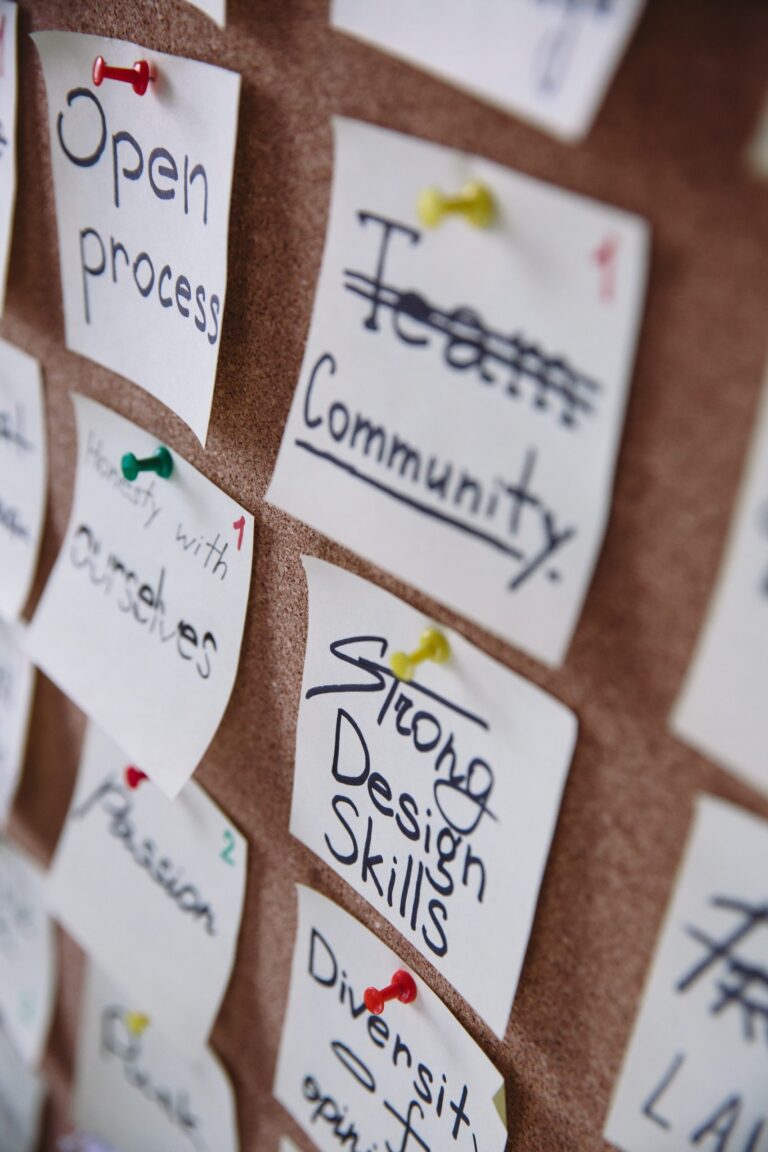
At a time when technology and touch points dominate commerce, brand and marketing strategies are becoming increasingly fluid. To ensure your programs deliver the desired results, consider the following:
#1
Tie Projects to the Company’s Mission and Vision
Start by asking – what is needed most?
- Brand Awareness
- Revenue
- Launch or Relaunch a Product
- Introduce a New Service
- Customer Retention
- New Market Penetration
- Expanded Market Reach
- Acquisition of Leads
- Conversions
- Website Visitors
- Inquiries / Chats
- In-Store Traffic
- Referrals
- Re-engagement
- Subscriptions
- Loyalty
- Auto Reorders
- Build or Rebuild Trust
#2
Establish Goals that Achieve defined Business Objectives
This sets the focus and foundation for team priorities, performance and production.
Use the S.M.A.R.T. approach to goal-setting:
- Specific
- Measurable
- Achievable
- Realistic
- Time-Bound
#3
Determine the Budget and Contingency Funds
Preplan project spend and identify the ROI calculation figures. Anticipate ancillary costs for major initiatives that involve large volume production, high attendance events, and unexplored channels.
#4
Allocate Resources and Talent
Assemble motivated team members with specialized skills to develop highly effective campaigns and perform projects with purpose and precision.
#5
Data, Data and More Data
There is no value – or convincing outcome – without first generating, cleansing, standardizing, utilizing and modeling data for critical evaluation, forecasting, hypothesis testing, and patterns recognition.
If you forge ahead without closely examining the information, insights and discoverabilities within predictive, descriptive, diagnostic or prescriptive analysis, you vastly reduce efficiency, confidence, relevancy, and effectiveness.
Be exploratory. Allow data visualization to illustrate ways in which you can reshape reasoning, transform decision-making, and greatly improve results.
#6
Mapping and Aligning Priorities
Apply ICE (Impact – Confidence – Ease) scoring and create essential technology diagrams to know what order projects will be executed.
#7
Agile Methodology and MoSCoW Requirements
Outline the Project:
- Scrutinize viability, practicality and precedence
- Develop use cases and epics
- Scope requirements – high, mid and low levels
- Know which requirements are tied to dependencies
- Identify functional and non-functional requisites
- Define specifications and outcome requirement
- Focus on value – to the business and to the customer
- Build the incremental delivery stages
- Estimate time and cost
- Weigh the level of quality based on time/cost factors
- Consider quality criteria, constraints, compliance
- Create sprints intermingling must have, should have, and could have requirements
- Reprioritize after every sprint and every requirement change
Project Flow:
- Initiation
- Feasibility
- Planning / Scope
- Execution
- Test, Iterate, Retest
#9
Encourage the Team to Synthesize and Synergize
Promote an optimizing lens for leading elements such as audience segmentation, pricing elasticity, presentation & merchandising, triggers, timing and cadence.
#10
Reverberating Content and Resonating Design
The most influential means for garnering a populous range of responses and sentiments is to be committed to the most compelling UI/UX. Along with ‘ease of use’ and security, everything rides on messaging, voice and visual.
#11
Develop a Constant Flow
Ideate, Strategize, Implement, Test and Validate – this practice allows for rapid iterations, incremental gains, uncovering opportunities and delivering smaller (but meaningful!) results in shorter timeframes.
#12
Champion the Wins!
While the ‘lessons learned’ post-mortem is a constructive tool to improve performance in future projects, be sure to recognize and celebrate team accomplishments and individual achievements. Be the motivating impetus that fuels the team’s energy and intent to always aim high.